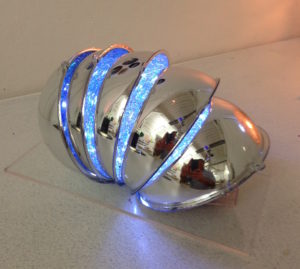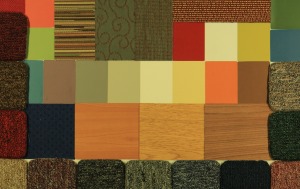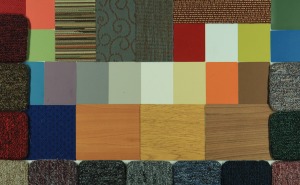Elizabeth Donoff asks “International Year of What?” in her editorial in this month’s Architectural Lighting, and I have to agree with her. Early last year I noted that our professional organizations showed no plans to take advantage of the International Year of Light, and indeed nothing worth mentioning happened. The professional societies of the lighting community (IES, IALD, etc.) added the International Year of Light logo to their web sites, but that’s about all. They held no significant events, published no important documents, and made no efforts to raise the visibility of the profession with potential employers (architects and owners) or with the public at large. The IALD boasts that their regularly scheduled events were added to the IYL calendar, but say nothing as to what resulted, probably because the result was nothing. Lightfair 2015 was business as usual, I saw no recognition of IYL.
The entertainment industry did no better. United Scenic Artists Local 829, the union for theatrical designers, didn’t recognize the opportunities, nor did USITT, and at LDI (the entertainment industry equivalent of Lightfair) there was no sign that anyone knew about IYL.
As I’ve written before (see here and here, for example), and as many of us know, far too many projects are built with poor lighting because lighting design is seen as an added cost that can be avoided by having the architect, electrical engineer, or lighting sales person provide the “design” instead of a trained, professional lighting designer. Hoping this will change won’t change this. On an individual level, designers can educate their clients about the benefits of thoughtfully designed lighting, but it takes a larger, more expensive effort to reach those who don’t interact with lighting designers. Only manufacturers or professional organizations have the resources.
What could they have done in 2015, or what can they do this year? For starters, I’d like to see the IALD and/or the IES sponsor sessions on lighting design at the annual conventions of organizations such as AIA, ASID, and SCUP. Let’s get in front of the decision makers and teach them about what good lighting can mean to them. Topics such as energy efficiency, code compliance, and daylighting, as well as the more artistic and aesthetic sides of lighting design, are all appropriate and would, I think, be well attended. If we want lighting design to be seen as an integral part of any building project we have to work at it. Adding a logo to a web site isn’t enough.





